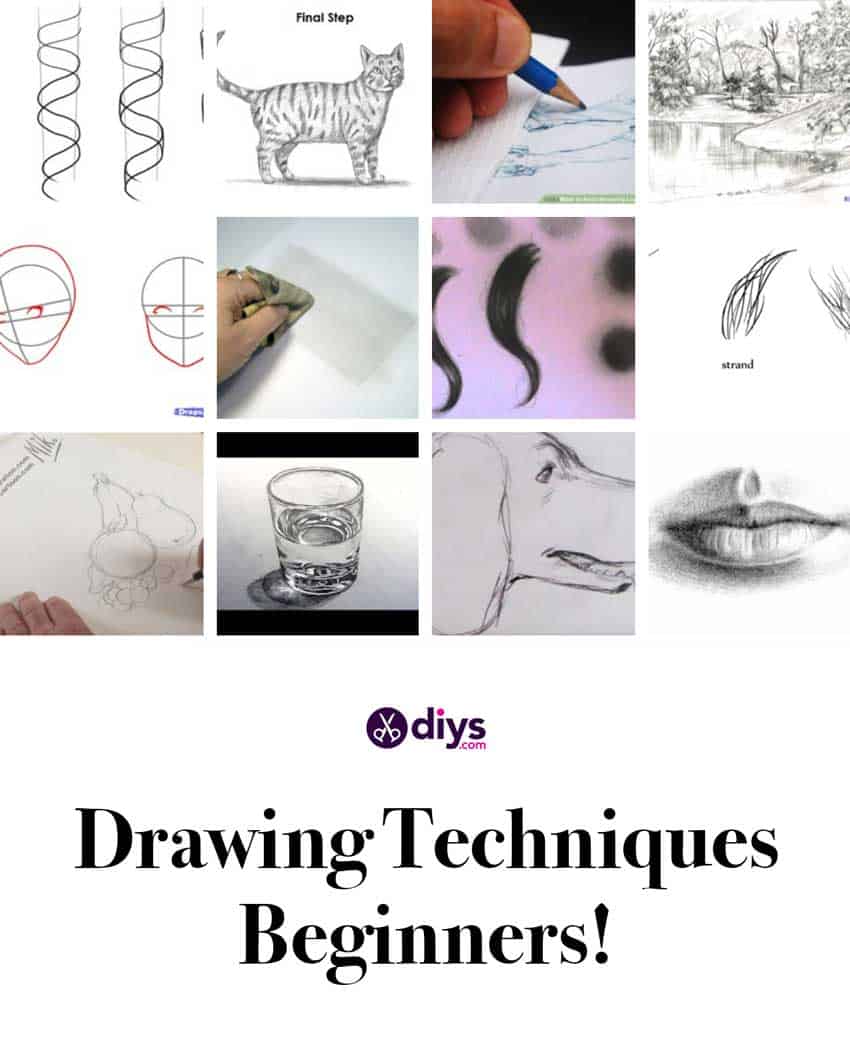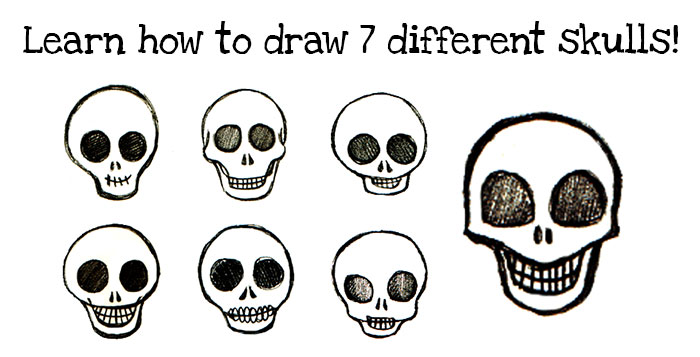

On the pages of How to Draw for Kids, you will find drawing lessons on almost any topic, be it animals, different characters from comics, cartoons, and games. In addition, I am currently creating video drawing tutorials that will complement the text versions of the lessons and will help to further simplify the learning process. For example, in the cube drawing lesson, the kid additionally learns to draw straight lines, and in drawing a person the young artist learns to create realistic proportions of a face. With these printables, your students or kids will be able to playfully learn to draw the required object without any difficulty.Įach drawing lesson is created in such a way as not only to teach the child to draw a particular object but also to teach something else important. You can print any drawing lesson and worksheets, use it to learn how to draw or distribute printed copies to your students.
#How to draw pdf#
I supplement each lesson with a special PDF file containing a shortened version of the drawing guide, a coloring page, a tracing worksheet, and a grid drawing worksheet.
#How to draw free#
Similar to our previous book, How To Draw, this book contains links to free online rendering tutorials that can be accessed via the URL list or through the H2Re app.I create my lessons, taking into account many factors. Throughout the book, two icons appear that indicate either “observation” or “action.” This means the page or section is about observing reality or taking action by applying the knowledge and following the steps in creating your own work. The second section focuses on the physics of reflectivity and how to render a wide range of materials utilizing this knowledge. One will learn how to construct proper shadows in perspective and how to apply the correct values to those surfaces. This book is divided into two major sections: the first explains the physics of light and shadow. Building on what Scott Robertson and Thomas Bertling wrote about in How To Draw: Drawing and Sketching Objects and Environments from Your Imagination, this book shares everything the two experts know about how to render light, shadow and reflective surfaces. Rendering is the next step after drawing to communicate ideas more clearly. This book is about the fundamentals of light, shadow and reflectivity the focus is firmly on helping to improve visual understanding of the world around and on techniques for representing that world. This book is indispensable for anyone who wants to learn, or teaches others, how to draw.
#How to draw professional#
With a combined 26 years of teaching experience, Scott Robertson and Thomas Bertling bring you the lessons and techniques they have used to help thousands of their students become professional artists and designers.

The research and design processes used to generate visual concepts are demonstrated, making it much easier for you to draw things never-before-seen!īest of all, more than 25 pages can be scanned via a smartphone or tablet using the new Design Studio Press app, which link to video tutorials for that section of the book! You have to see it to believe it! An unprecedented technology, connecting printed matter to online digital educational content. You will learn how to draw any object or environment from your imagination, starting with the most basic perspective drawing skills.Įarly chapters explain how to draw accurate perspective grids and ellipses that in later chapters provide the foundation for more complex forms. It is useful to the novice, the student and the professional. How to Draw is for artists, architects and designers.


 0 kommentar(er)
0 kommentar(er)
